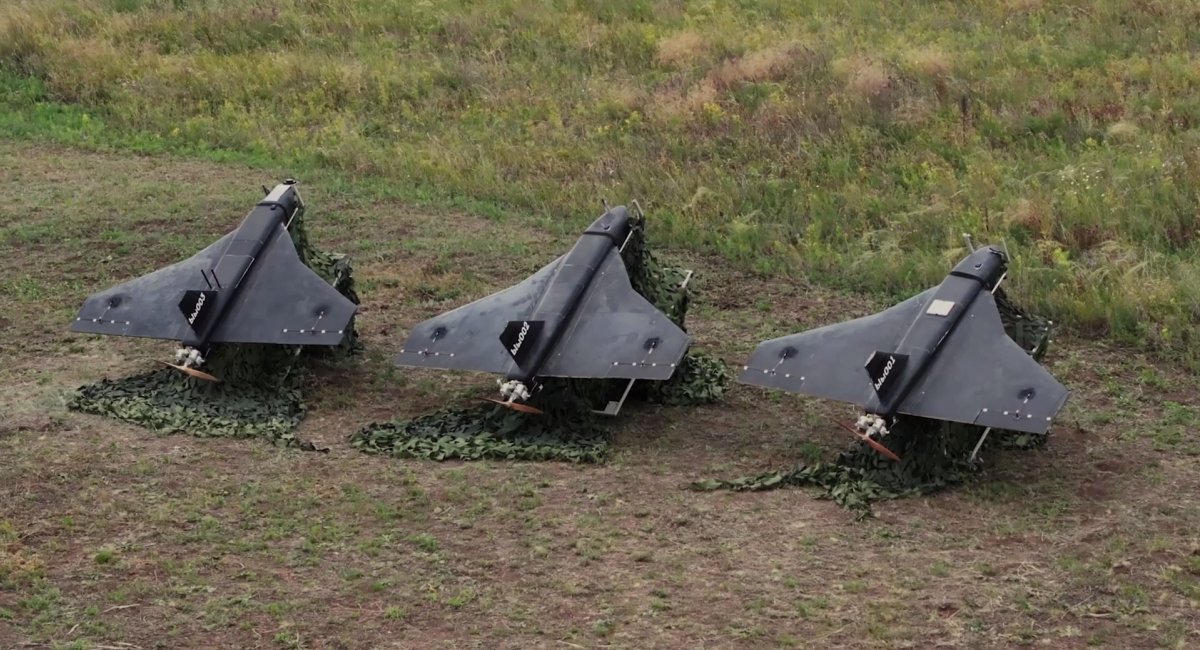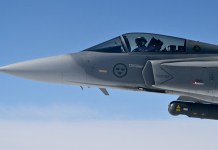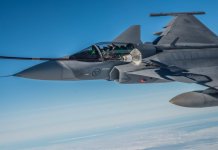The battlefields are changing, and so is the duration of wars. Wars are getting protracted, putting pressure on weapon stockpiles. India, which faces the potential challenge of two fronts, is also aware of this development. In future conflicts, 3D printing, known as Additive Manufacturing, can help the Indian forces plug this critical gap in supply.
Technology is not futuristic, but it is already here. In the hands of rebels and non-state actors, it has provided an endless supply of weapons. In Myanmar, images of 3D-printed drones made by rebels have been catalyzing the civil war in the country.
The 3D printers are producing in-house weapons for the rebels, including drones, mortar stabilizers, and other munitions for the Karenni Nationalities Defence Force (KNDF), which was outgunned by the Myanmar Junta.
Ukraine’s cheap drones have revolutionized the way wars are fought, but the use of 3D printers in Myanmar has further shown that wars can be prolonged on a shoestring budget.
“Without 3D printing, someone can manufacture a very high-quality weapon,” Yannick Veilleux-Lepage, assistant professor of political science at the Royal Military College of Canada, has been quoted in the media. “But that does require a great deal of skill. You need to be a competent metal worker, and that takes a long time. With a 3D-printed firearm, it doesn’t take very long to go from no skill to (creating) something lethal. That’s how things are changing, the lethality and the ease of it.”
Additive manufacturing (AM), also known as three-dimensional (3D) printing, is a “process of joining materials to make parts from 3D model data, usually layer by layer.”
3D Printing creates the part and material simultaneously. This improves production speed and flexibility but requires careful control of the additive manufacturing process. It can be used to build parts that cannot be made any other way, uniquely combine materials, produce obsolete parts, rapidly prototype, and create tools and specialized job aids.
For India, the technology can help produce specific missile components, particularly rocket motors.
“Additive manufacturing (3D printing) can surely speed up missile key component manufacturing. For example, the inertial navigation system platform design and implementation, internal component design, and mounting assemblies can be expedited through additive manufacturing,” Indian Navy official Commander Milind Kulshrestha (retired) told the EurAsian Times.
The technique can be beneficial for missiles such as very short-range air defense systems (VSHORADS) and Man Portable Anti-Tank Guided Missiles. The Defence Research and Development Organisation (DRDO) is exploring 3D printing with private sector players. 3D printing a motor could take a mere 3-4 days, compared to the 3-4 weeks through precision manufacturing.
Thanks To U.S. & India, Israel’s Weapons Sale ‘Breaking Records’ Despite War On Multiple Fronts
In 2024, Indian space startup Agnikul Cosmos successfully launched the nation’s first 3D-printed rocket engine, paving the way for reduced time and costs associated with building rockets and boosting the country’s spacefaring capabilities. This capability has numerous applications.
“Traditional Precision machining is an expensive and time-consuming activity, and redesign is a laborious procedure. Whereas in additive manufacturing, these things can be done on CAD (3D Modelling software) and directly implemented on a 3D printer, a device now within working reach and scope of most startups (whereas Precision machining is only limited to a few areas and PSUs),” Commander Kulshrestha added.

The 3D Printing process is essentially a factory-in-a-box, digitally controlled production line that can be easily turned on or off.
Additive Manufacturing allows production to be distributed and scaled across multiple machines and locations. It also allows parts to be fabricated when needed. This can reduce equipment downtime, increase maintenance and repair efficiency, and reduce cost, supporting the need for “resilient and agile logistics.”
The US forces have already been using the technology. For instance, the US Marine Corps can use it to print a sensor housing to secure a gap in the perimeter of a base; Army field repair units print a low-cost cap to protect a million-dollar lens on a tank, and the US Air Force is using AM to replace obsolete parts for the C-5 at five percent of the cost.
The Pentagon’s AM strategy, released in 2021, included experimenting with 3D-printed missile parts, re-engineering parts for its Black Hawk helicopters, and customizing personnel earplugs.
Taking Goliath Down With 3D Printers
While world militaries explore 3D Printers to ease their supply chains, non-state actors are using them to reduce the gap between two sides in asymmetrical warfare.
Earlier in 2024, videos surfaced of Myanmar’s rebels launching a barrage of 3D-printed drones into the jungle. Before graduating to drones, Myanmar’s rebels manufactured FGC-9s, 3D-printed semiautomatic rifles. In 2018, a gun designer using the moniker JStark1809 created the blueprint for the weapon.

Over several years, several iterations of the design were uploaded online, including on Odysee, an open-source blockchain-based media website. FGC stands for “f*ck gun control,” as the gun can be manufactured without any regulated commercial gun components.
The gun is made of a mixture of custom 3D-printed parts, readily manufacturable metal components, and store-bought screws, springs, and bolts. JStark’s motto, “live free or die,” is engraved on a tag around 3D’s neck.
The FGC-9 was manufactured at the beginning of the coup and the rebels in the frontline were using it. However, the plastic firearms did not pass the muster of a battlefield weapon. The rebels started to use the 3D-printed guns for defensive action or for carrying out guerrilla attacks.
In December 2022, the rebels graduated to 3D-printing a drone. The first iteration was called the Liberator MK1. It was a small, fixed-wing reusable drone capable of carrying up to 1.5 kilograms of explosives. The frame of the drone was 3D-printed and then covered with fiberglass. The other components—its battery, motor, and control surfaces- were reported to have been smuggled across the border from Thailand.
The drone is compact and can be transported on a scooter. In February 2024, the Mk2 variant of the drone was launched. It costs around US $5,000 to produce a drone and can be assembled in under two days. For the rebels in Myanmar, 3D printing has leveled the battlefield by giving them weapons bypassing the conventional supply chain.




